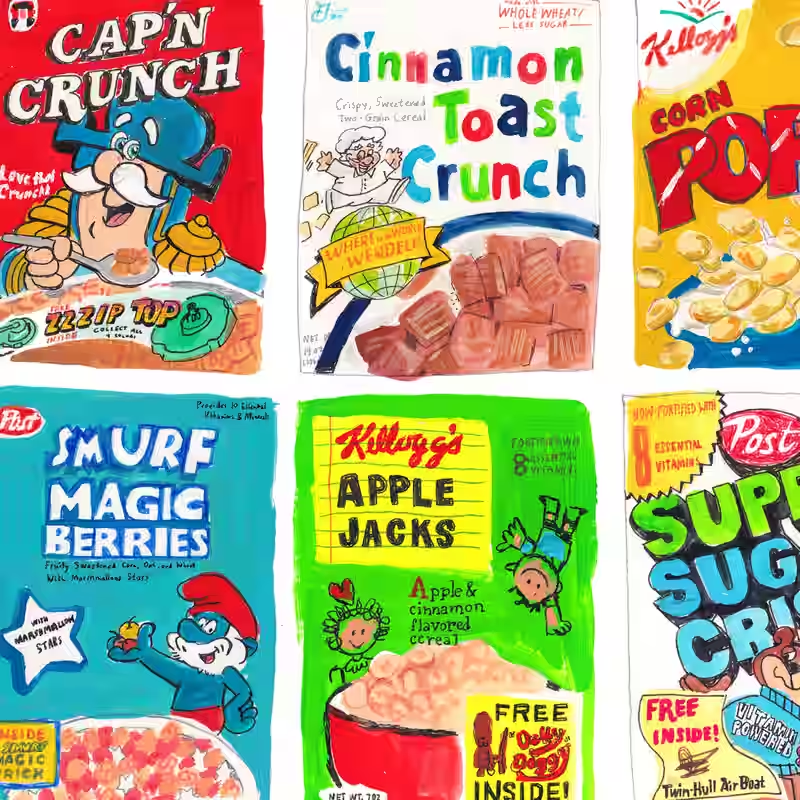Bruce Springsteen’s Darkest Years Produced His Greatest Music, New Film Claims
In a revelatory new documentary, acclaimed director James Mangold reexamines the misunderstood chapter of Bruce Springsteen’s life—his so-called “lost years”—and makes a compelling case that the Boss created some of his most powerful work during periods of personal turmoil, isolation, and creative doubt .
Titled Hostage: Springsteen in the Wilderness, the film—starring Michael Keaton as a fictionalized narrator inspired by Springsteen’s inner circle—dives deep into the late 1980s and early 1990s, a time when the rock legend retreated from the spotlight, battled depression, and questioned his artistic relevance in a rapidly changing musical landscape .
Why Bruce Springsteen’s ‘Difficult Years’ Matter
While fans often celebrate albums like Born to Run and Darkness on the Edge of Town, the documentary argues that records such as Tunnel of Love (1987) and the stark, acoustic Nebraska (1982) emerged from profound emotional vulnerability—and may represent Springsteen’s most honest and enduring art.
“People think of Springsteen as this stadium-filling symbol of American optimism,” Mangold says in the film. “But his genius lies in the tension between hope and despair. And that tension was never sharper than in his lowest moments.”
Timeline: Bruce Springsteen’s Creative Crossroads
| Year | Event | Album/Output |
|---|---|---|
| 1982 | Records demos alone on a 4-track in his bedroom | Nebraska – raw, haunting, critically polarizing at release |
| 1987 | Divorces first wife, withdraws from E Street Band | Tunnel of Love – introspective, emotionally raw |
| 1992–1993 | Releases two albums without the E Street Band; faces commercial skepticism | Human Touch & Lucky Town |
| 2025 | New documentary reframes this era as creatively vital | Hostage: Springsteen in the Wilderness |
The Role of Mental Health in Springsteen’s Art
The film doesn’t shy away from Springsteen’s well-documented struggles with depression—something he’s openly discussed in recent years. Archival interviews and private journal excerpts (shared with the filmmakers) reveal a man haunted by fame, family trauma, and the pressure to “be America’s poet.”
“He wasn’t writing songs to top charts,” says biographer Peter Ames Carlin, featured in the documentary. “He was writing to survive.”
Michael Keaton’s Unusual Role
Keaton doesn’t play Springsteen. Instead, he portrays a composite character—a former roadie and confidant—who narrates the story through late-night monologues in a dimly lit Tennessee motel room. The choice adds a mythic, almost cinematic layer to Springsteen’s real-life journey.
“It’s not a biopic,” Mangold clarifies. “It’s a meditation on how pain can fuel beauty—if you’re brave enough to face it.”
Why This Story Resonates Today
In an era where mental health awareness is rising, Springsteen’s willingness to confront his demons—both in his music and now through this film—offers a powerful message: creativity doesn’t require perfection. Sometimes, it thrives in brokenness.
Fans and critics alike are calling Hostage a “necessary reevaluation” of an American icon—not as a flawless hero, but as a deeply human artist who turned suffering into song.


